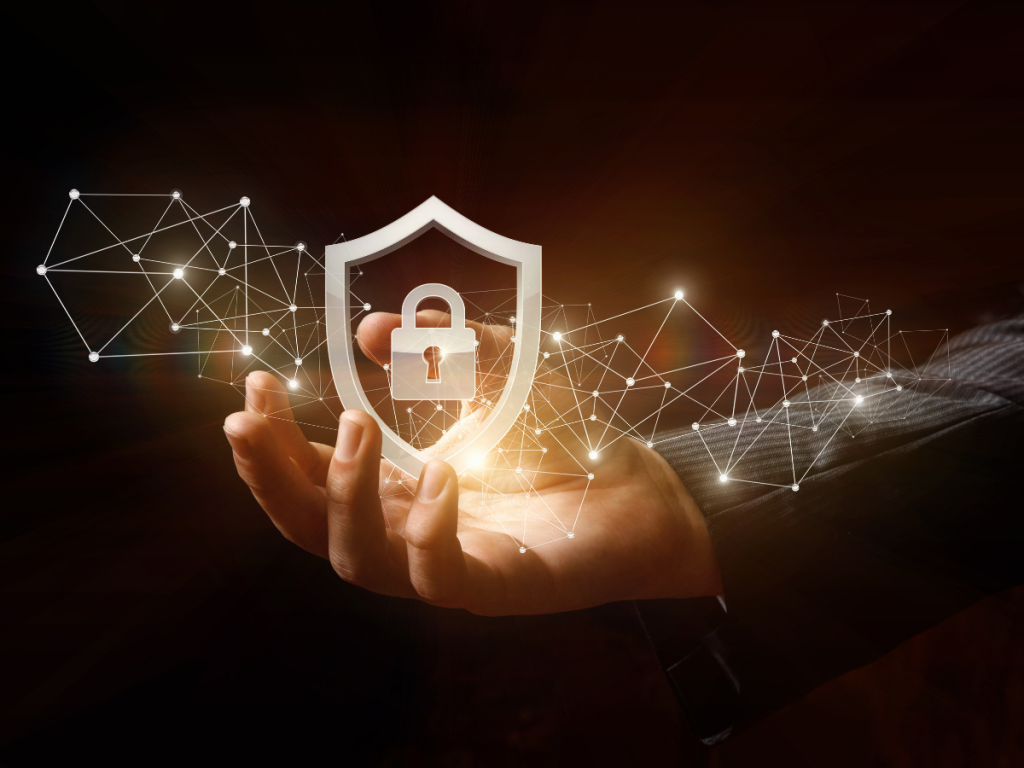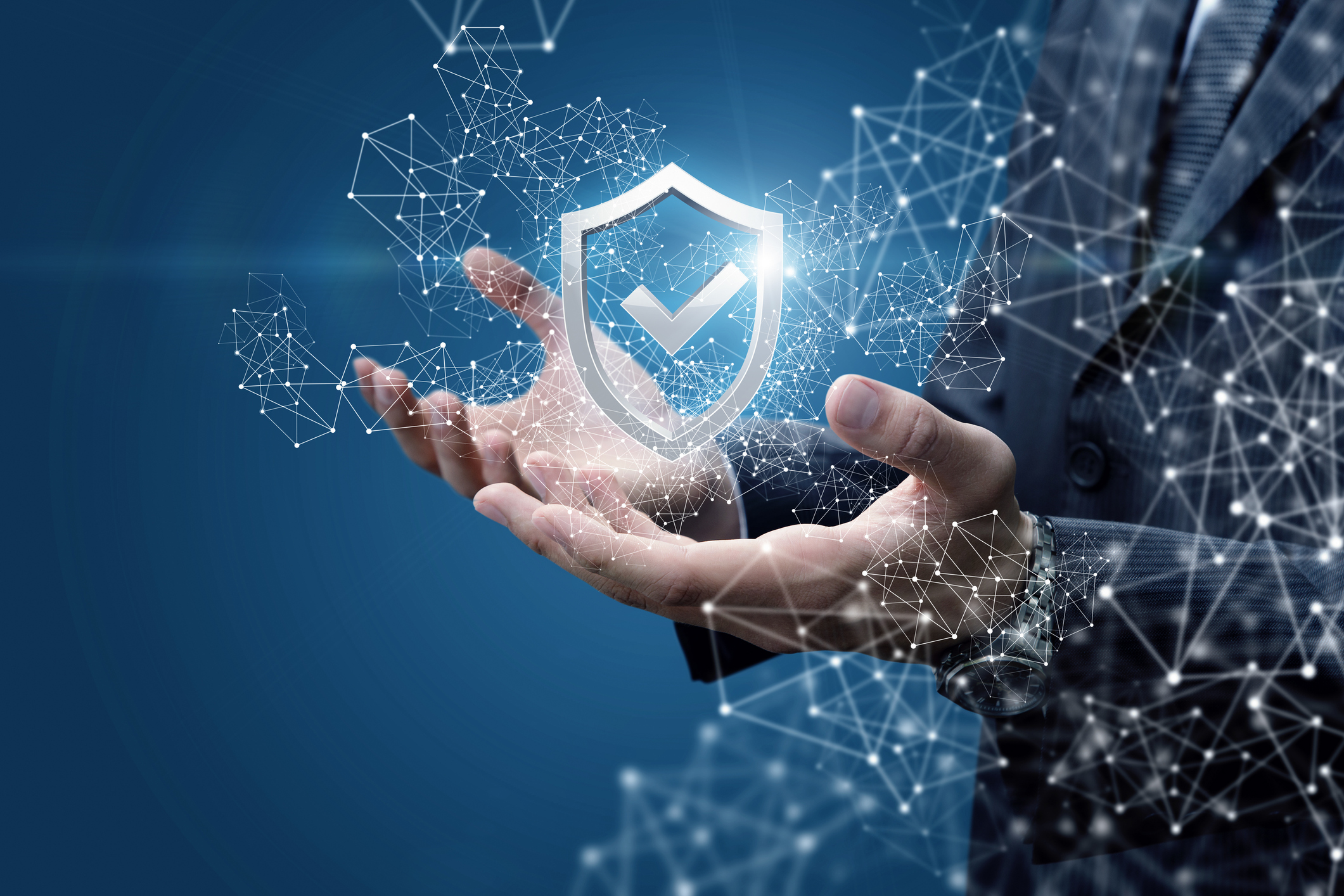This blog explores the following topic:
Let’s imagine a world where medical laboratories didn’t use clean rooms or hygiene protocols. Everyone could just walk in with mud on their shoes and take a gander at the Petri dishes with a dripping sandwich in their hand.
You don’t need a doctorate to realize that would drive every researcher insane, but for some reason, that’s still how countless enterprises treat their network environments. Everyone gets broad permission rights to save time, turning the IT department’s safety measures into a game of whack-a-mole.
The answer to those issues lies in zero-trust environments, a security approach that assumes no trust by default, both inside and outside an organization’s network. It may sound overly cautious or even impolite to you, but let’s explore why it’s actually good hygiene and why everyone should do it.

Fortifying Security: Zero-Trust's Superpowers
How about we go back in time a few years to reminisce about the good old cubicle days? Back then, when every employee was working at the same type of machine within the employer’s network, security used to be straightforward. For the most part, anything with a cable plugged in could be trusted and you could be certain who would be sitting at that keyboard.
One indicator for a safe environment after another fell flat.
Location data? — Remote work.
Operating system? — Bring-Your-Own-Device policies.
Endpoint Security? — Advanced Persistent Threats (APTs).
Plus, due to the rise of cloud computing, every work machine has the potential to access way more data, at least without the right permission controls. So, if your enterprise handles any information that’s more valuable than a coaster, a zero-trust environment is the only option.
It mitigates risks associated with breaches to protect sensitive data and thwart even the most advanced persistent threats. Since the system is based on flexibility, it can adapt to the most diverse workforces and device combinations without compromising safety. Here’s how it works.
Before gaining access to any company resources, users must authenticate, using strong permission controls as well as the principle of least privilege. In simple terms, you ensure everyone is who they say they are before letting them in, and you only grant the minimum level of access required to perform a task. In the background, you can throw some safety measures on top. Through continuous network monitoring, you can detect any unusual usage patterns. Network segmentation helps you isolate and contain security threats and prevent lateral movement. Encryption and dynamic access policies give you extra layers of security and control.

Strategies and Culture for Fort Knox-Level Security
Now, that all sounds fine and dandy, but you’re probably already getting dizzy just thinking about the technical setup for all that. Don’t worry, we’ve got you covered.
When you’re setting up your secure network, there are two companions you can count on, so people don’t have to run through laborious controls as if you were a mad scientist. Enter single sign-on (SSO) and two-factor authentication (2FA). Together, these two contribute to zero-trust principles of continuous verification without the hassle.
First, 2FA requires every user to provide a second form of authentication beyond their username and password, whether that’s a one-time password, hardware token, or a biometric scan. So even if an employee's credentials are stolen, your organization can prevent an attacker from entering.
However, that’s still a lot to handle — until we use SSO. The idea here is to streamline the user experience by giving them access to multiple applications or services with a single set of credentials. Together, 2FA and SSO help your organization enforce zero-trust principles, but that switch might require additional training to explain the principles behind your protocols. The best lab is only as clean as the muddiest shoe.
Challenges and Future Outlook
Many organizations have long realized the need to adopt zero-trust technologies, but hesitate to do so. Some continue to rely on legacy systems and have concerns about compatibility issues; others fear that the new setup will be more complicated or that their employees will resist changes to their workflows. Even if all of that’s out of the way, there’s the cost to consider. So, how can your organization address all these challenges?
It doesn’t really make sense to plan for incremental adoption. Unfortunately (or fortunately), those devices will remain connected. One weak link in the chain will render the entire change futile. Still, the switch may not be as painful as you envision it.
With effective communication and training protocols, you can easily explain the benefits of the zero-trust approach to the whole organization. And since the whole idea of SSO is to streamline the user experience and reduce repeated logins, you probably won’t need much convincing. Pointing out that these measures will keep everyone safe will already do wonders.
Depending on the types of files you handle and your compliance requirements, it might make sense to discuss the velocity and scope at which attacks are happening today. Many enterprises have moved to integrating artificial intelligence and machine learning into zero-trust architectures for more advanced threat detection and real-time responses. Of course, cloud infrastructures and the increasing use of the Internet of Things will continue to challenge our understanding of computing and therefore our security measures.
Discussing these developments can help foster a secure environment where everyone does their part.
Trust No One… Not Even Us!
In the end, you’ll know your security requirements better than anybody else. We can’t tell you that a zero-trust environment is a must-have. Every enterprise should assess its own security profile and risk exposure, even application by application, to decide accordingly. If you find that zero-trust is part of the answer, follow best practices.
At Almefy, our goal is to contribute to making offices around the world safer, whether that entails educating you about SSO or offering a solution to get the most out of it. Our solutions support any level of security with the easiest setup imaginable. So if you want to go zero-trust, we’d like to invite you to try them!








